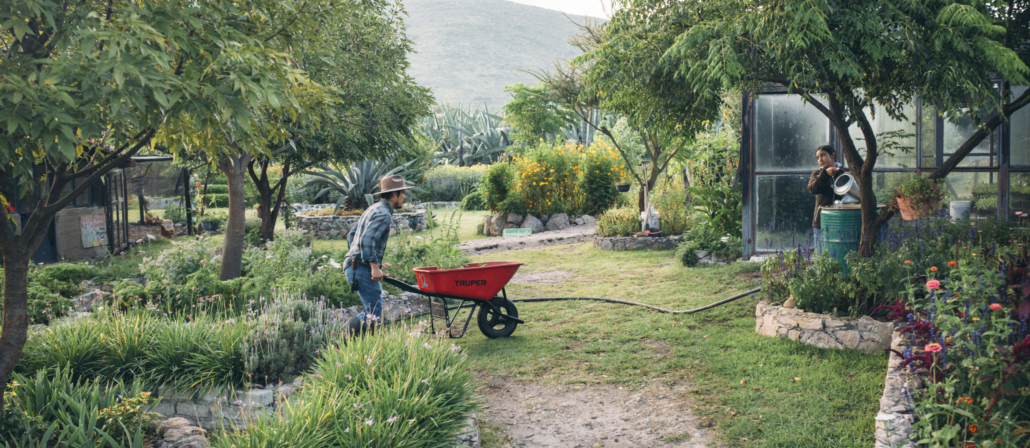Sir Lanka never implemented a national organic transition program, so the campaign to blame the collapse of its economy on organic agriculture is pure misinformation based on a series of lies fed by a PR company to poor-quality journalists who did not fact-check.
The Rice Miller Oligarchies were Contributors to the Chaos
The traditional withholding of rice stocks and the artificial increases of prices that the rice miller oligarchies manufacture every year after the primary harvest season created artificial shortages that contributed to the chaos that started riots. Other contributing factors resulted from fuel and essential items shortages and excessive inflation, making everything more expensive and unaffordable.
Transitioning to Organic
The sudden reduction of fertilizer caused a decline in rice production. However, this was not because the country went organic. It takes three years to transition a farm to organic and decades to transition a country or region, as in the cases of the successful transitions of Bhutan and Sikkim. Just stopping chemical fertilizers does not make a farm organic. Cuba successfully transitioned to organic agriculture when fertilizers and oil were blockaded.
The national and international organic sectors advised the Sri Lankan Government to develop plans to manage the transition to organic and advised against the sudden cessation of fertilizers and agrochemicals. A plan was never developed for Sri Lanka, although a few proposals were started to begin the process that would require several years to implement.
Organic agriculture is not a system of neglect. Stopping chemical fertilizers and toxic agrochemicals does not make a farm organic. Organic agriculture has a variety of management systems to increase soil fertility and effectively manage weeds, pests, and diseases. These take years to develop, one of the reasons for a three-year transition period to achieve organic certification.

Higher Yields with Organic Agriculture
Transitioning to organic does not have to decrease yields. Best practice organic systems are getting equal to higher yields than industrial and agricultural systems, especially in developing countries like Sri Lanka.
Noémi Nemes from the United Nations Food and Agriculture Organization (FAO) analyzed over 50 economic studies. She stated that the data: ‘… demonstrates that, in most cases, organic systems are more profitable than non-organic systems. Higher market prices and premiums, lower production costs, or a combination of the two generally result in higher relative profits from organic agriculture in developed countries. The same conclusion can be drawn from studies in developing countries, but there, higher yields combined with high premiums are the underlying causes of their relatively greater profitability.’
The critical issue is that organic agriculture provides a higher income and yields in developing countries. Yields can be significantly increased by teaching farmers to add science-based regenerative and organic practices to their traditional methods.
Increases in Rice Production
Rice is the most important staple food crop in Sri Lanka. There is ample evidence that rice production and profitability can increase with regenerative and organic agriculture based on the science of agroecology.


